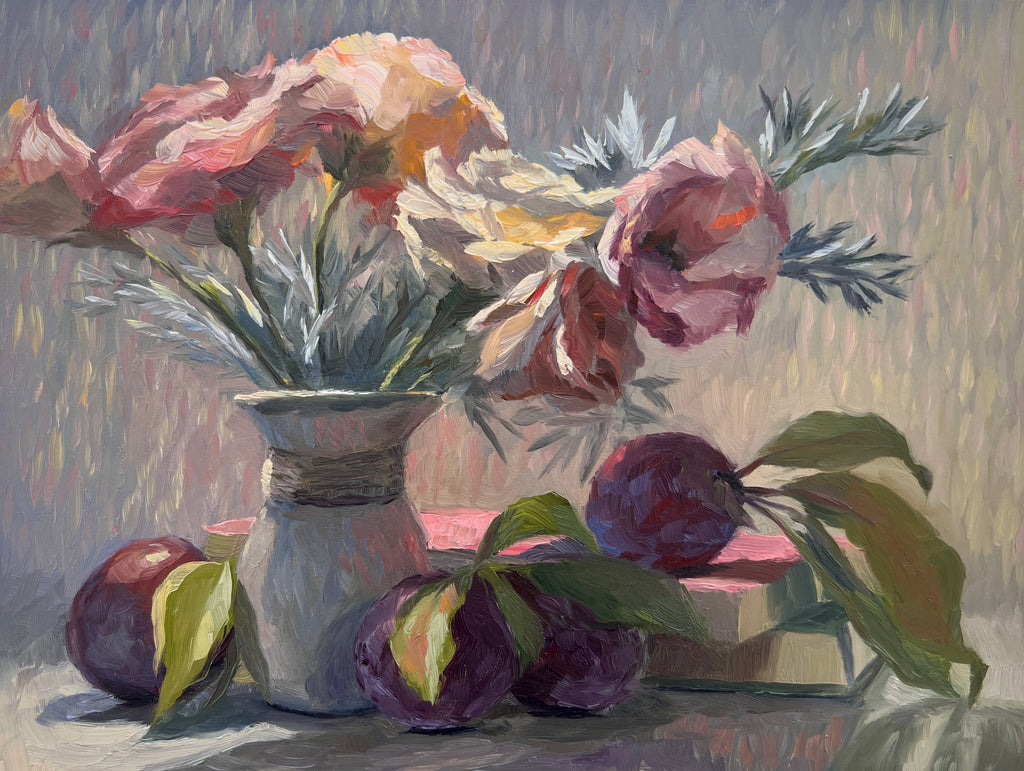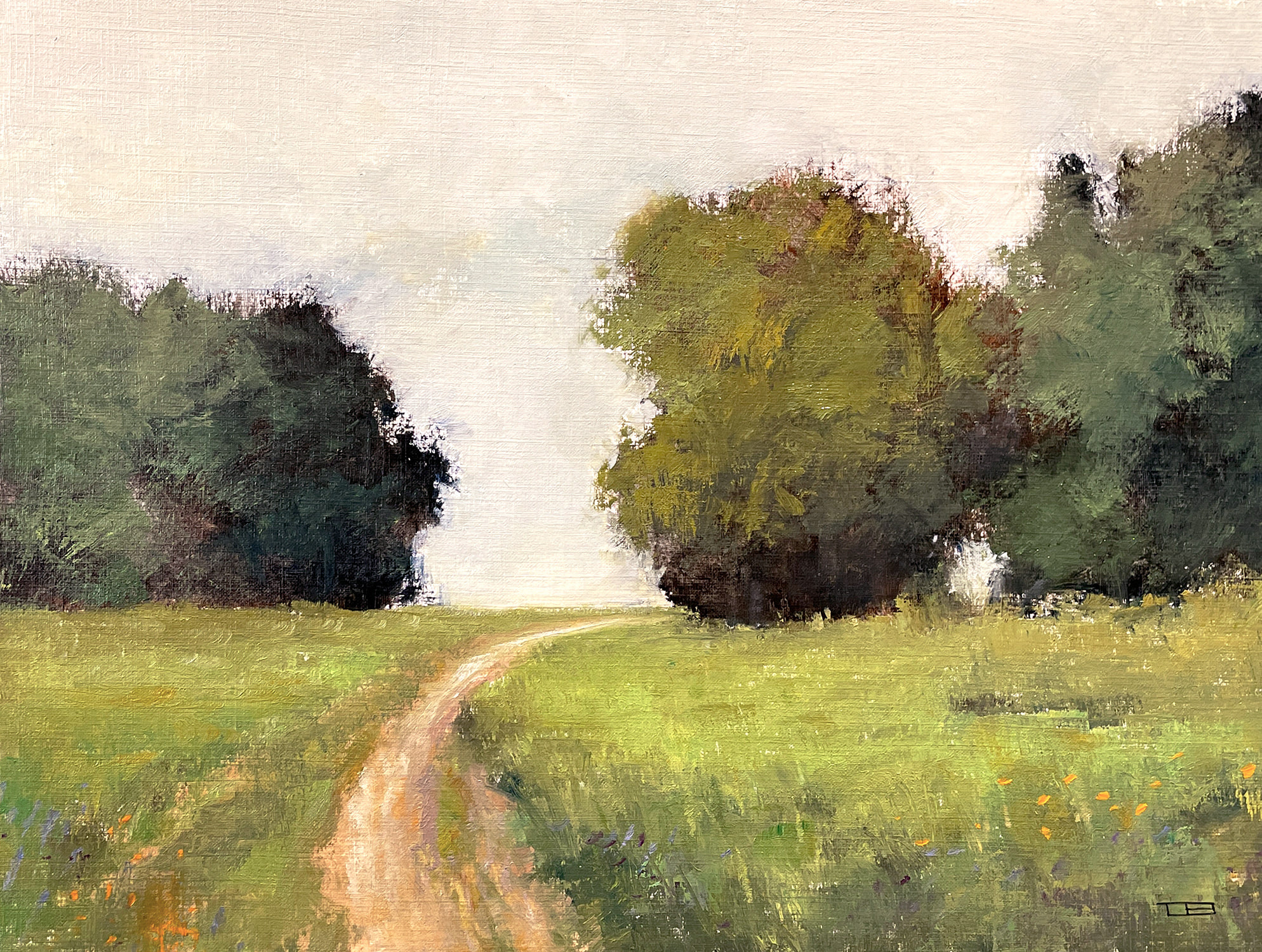Browse Curated Sets of Oil Paintings for Sale
Exploring All Regarding Oil Paintings: A Guide to Comprehending Their Elegance and Worth
Oil paintings have captivated audiences for centuries, supplying a peek right into the artistic mastery of various eras. Their rich background is intertwined with cutting-edge strategies and extensive emotional expression. Recognizing the products and approaches behind these artworks can boost appreciation. In addition, the marketplace for oil paints offers chances for investors and collection agencies alike. As one discovers this interesting world, the question develops: what makes an oil painting absolutely important?
The History of Oil Paint: A Trip Through Time
Although oil painting has origins that go back to old times, it absolutely prospered throughout the Renaissance, when musicians found its flexibility and abundant color potential. Early examples can be traced to the 7th century, with strategies advancing notably throughout societies. The medium came to be prominent in Northern Europe in the 15th century, especially through the works of musicians like Jan van Eyck, who originated its usage for detailed realistic look and dynamic tones. This duration marked a departure from tempera paints, enabling greater deepness and appearance. As oil painting spread, it influenced many artists, leading to work of arts by prominent figures such as Leonardo da Vinci and Rembrandt. The medium's heritage proceeds, shaping the art world well into modern times.
Comprehending Oil Paints: Products and Techniques
As musicians explore the world of oil paints, they come across a varied selection of products and methods that specify this tool. The primary components of oil paint include pigments, which supply shade, and drying out oils, such as linseed, that bind the pigments and promote application. Various ingredients can modify the paint's appearance and drying out time, improving versatility. Strategies like glazing, where clear layers are accumulated, and impasto, which entails using thick paint, enable different aesthetic effects. Additionally, making use of brushes, combination blades, and also fingers can produce special structures and coatings. Recognizing these products and strategies allows artists to completely express their imagination and accomplish the preferred impact in their artwork.
The Duty of Shade in Oil Paints
Color plays a crucial function in oil paintings, influencing both aesthetic appeal and psychological resonance. Understanding shade theory essentials, consisting of the connections between tones, can improve an artist's capability to convey state of mind and environment. Additionally, grasping color blending techniques enables higher deepness and richness in a paint's combination.

Color Concept Essential
Comprehending color concept is necessary for artists collaborating with oil paints, as it creates the foundation for creating aesthetically engaging and harmonious compositions. Shade concept includes the study of how colors communicate, the color wheel, and the partnerships in between primary, secondary, and tertiary shades. Artists utilize corresponding colors to enhance contrasts and develop centerpieces, while analogous shades advertise unity and cohesiveness within a piece. Furthermore, the principles of great and warm shades affect the assumption of depth and space in a painting. Comprehending these principles permits musicians to control color properly, directing the visitor's eye and interacting their desired message. Mastery of color concept inevitably enriches a musician's capacity to communicate emotions and concepts with their work.
Psychological Effect of Shade
The emotional effect of color in oil paints plays a vital role in exactly how visitors attach and regard with artwork. Colors evoke certain sensations and moods, affecting the visitor's emotion. Cozy tones like reds and oranges can create a sense of heat and energy, while cool tones such as blues and environment-friendlies typically stimulate peace or self-contemplation. Artists purposefully pick shade schemes to boost narrative components, leading the target market's emotional journey. The saturation and contrast of colors even more enhance these effects, drawing attention and developing focus. Inevitably, the interaction of shades in oil paints not just enhances their aesthetic appeal yet additionally functions as a powerful medium for psychological expression, improving the customer's experience and interpretation.
Color Mixing Techniques
While many facets of oil paint contribute to the overall make-up, understanding color mixing strategies is crucial for achieving desired results and deepness. Color blending can be approached through various methods, consisting of the subtractive and additive procedures. Additive blending includes integrating colors of light, while subtractive mixing counts on pigments, where shades mix to produce new shades. Artists often make use of a minimal scheme to develop unified works, comprehending the relationships in between key, additional, and tertiary colors. Strategies such as glazing and scumbling better improve depth and luminosity. By masterfully blending colors, a musician can stimulate emotions, develop prime focus, and accomplish a sense of realistic look, eventually elevating the paint's aesthetic and emotional impact.
Famous Oil Painters and Their Iconic Functions

Famous for their proficiency of color and method, oil painters have produced several of the most well known art work in background. Prominent musicians like Vincent van Gogh astounded target markets with his stirring brushwork in "Starry Evening," while Claude Monet's "Perception, Sunup" prepared for Impressionism. Leonardo da Vinci's "Mona Lisa" stays a long-lasting sign of creative brilliant, showcasing his skill in recording human expression. Rembrandt's "The Evening Watch" shows his ingenious use of light and shadow. Other significant numbers include Pablo Picasso, who transformed modern art with his bold experimentation in jobs like "Les Demoiselles d'Avignon," and Georgia O'Keeffe, whose vivid representations of flowers and landscapes helped specify American modernism. Each artist's unique design added substantially to the oil paint landscape.
Exactly how to Assess the Quality of an Oil Paint
Reviewing the high quality of an oil paint includes a mindful analysis of workmanship methods, as well as an evaluation of shade and composition. Observing brushwork, layering, and the application of paint can disclose the musician's skill degree. Furthermore, the interplay of shades and the general arrangement of components add considerably to the paint's aesthetic worth.
Examining Craftsmanship Strategies
A thorough evaluation of workmanship methods is necessary for figuring out the quality of an oil paint. Evaluators must first take a look at the application of paint; thick, textured brushstrokes might suggest a skilled hand, while extremely consistent applications might indicate a lack of deepness. oil paintings for sale. The layering technique is additionally vital; the existence of lusters and varied density can boost brightness and intricacy. Furthermore, the check here top quality of the materials made use of, such as the canvas and pigments, plays a considerable role in longevity and general aesthetic. Focus to detail in components like edges and changes between colors mirrors the artist's dedication to their craft. Eventually, these methods add to the painting's psychological effect and market worth, functioning as indications of the artist's ability and intent
Evaluating Shade and Composition
While reviewing the quality of an oil paint, one must concentrate on the interaction of color and make-up, as these elements are essential to the artwork's general influence. Color options can stimulate emotions and develop state of mind; for that reason, the musician's palette must be checked out for harmony and contrast. A well-balanced make-up routes the audience's eye and produces a sense of unity. Artists often employ strategies like the policy of thirds or leading lines to boost visual rate of interest. In addition, the usage of light and darkness can include deepness, boosting the three-dimensionality of the paint. Inevitably, an effective oil paint marries color and composition, engaging the viewer and welcoming a deeper recognition of the musician's vision and method.
Caring for and Preserving Oil Paintings
Proper treatment and conservation of oil paintings is necessary for preserving their integrity and longevity. To shield these art work, it is crucial to show them away from straight sunshine, which can cause fading and staining. Keeping a steady environment with regulated temperature level and humidity more aids in avoiding damage. Cleansing must be done gently making use of a soft, completely dry cloth, staying clear of any type of severe chemicals that could damage the paint or varnish. Routine evaluations for indications of deterioration, such as flaking or fracturing, are a good idea. When storing or delivering oil paintings, correct cushioning and framework are needed to avoid physical damage. Ultimately, attentive treatment contributes to the aesthetic appeal and worth of oil paintings gradually.
The Market for Oil Paints: Collecting and Investing
Recognizing the market characteristics for oil paints is essential for investors and collectors alike. The worth of these artworks is affected by different elements, including the artist's reputation, historical relevance, and current patterns. Enthusiasts frequently seek items that resonate personally while taking into consideration potential admiration in value. Galleries and public auctions function as primary locations for trading, with prices rising and fall based on need and rarity. Purchasing oil paints calls for study right into the marketplace, as well as an understanding of authenticity and provenance. Furthermore, emerging artists might use possibilities for substantial returns, while developed names can regulate high rates. Overall, a critical method to accumulating can produce both visual satisfaction and financial benefits.

Often Asked Questions
What Are the Ecological Impacts of Oil Paint Materials?
The environmental influences of oil painting products include the launch of unstable natural compounds (VOCs), dangerous waste generation, and source removal for pigments. These factors add to contamination and environmental destruction, elevating concerns amongst environmentally conscious musicians and consumers.
Just How Do Different Canvases Impact Oil Paint Outcomes?
Different canvases influence oil paint results significantly. Surface area, absorbency, and appearance top quality can modify paint application, drying out times, and color vibrancy. Musicians typically pick particular canvases to accomplish wanted effects and enhance their creative expression.
Can Oil Paintings Be Recovered if Damaged?
If damaged, Oil paintings can without a doubt be restored. Expert conservators use numerous techniques to repair splits, tidy surfaces, and address discoloration, guaranteeing that the artwork preserves its initial charm and value for future generations.
What Are the Indicators of an Original Oil Paint?
The indications of an original oil paint include visible brush strokes, appearance variations, and an unequal canvas weave (oil paintings for sale). Furthermore, credibility may be verified via provenance, trademarks, and the visibility of a varnish layer unique to oil tools
Exactly How Has Technology Influenced Modern Oil Paint Techniques?
Technology has actually significantly affected contemporary oil paint methods by presenting digital devices for planning, boosted materials for appearance and durability, and online systems for sharing and selling art, thereby increasing artists' innovative opportunities and audience get to. Oil paint has roots that date back to old times, it truly grew throughout the Renaissance, when artists found its flexibility and rich shade capacity. The emotional impact of shade in oil paintings plays a crucial duty in just how audiences link and view with art work. While lots of elements of oil painting add to the general structure, understanding shade mixing methods is necessary for achieving desired impacts and deepness. Evaluating the quality of an oil paint entails a careful analysis of craftsmanship methods, as well as an evaluation of shade and composition. While examining the top quality of an oil paint, one have to focus on the interplay of color and structure, as these aspects are essential to the art work's overall effect.